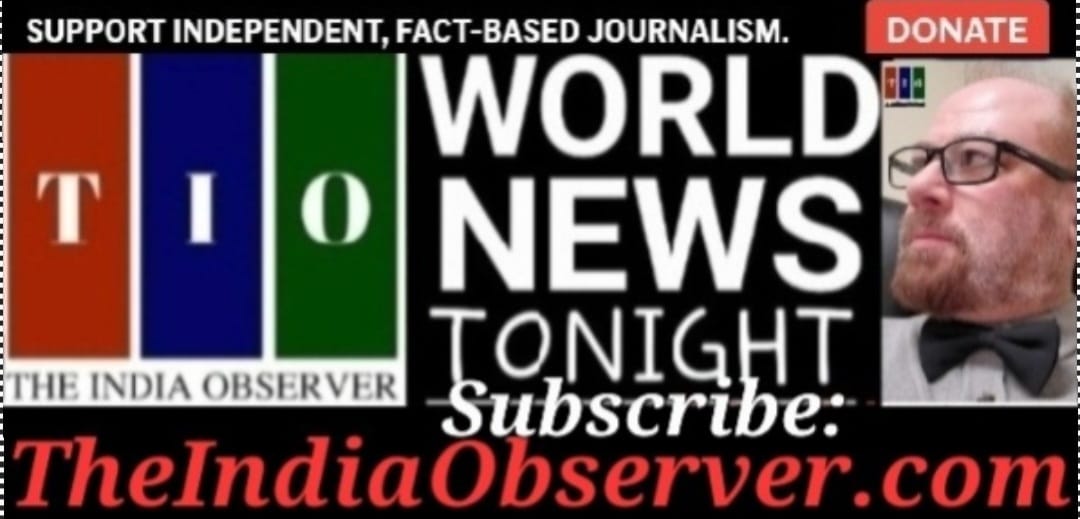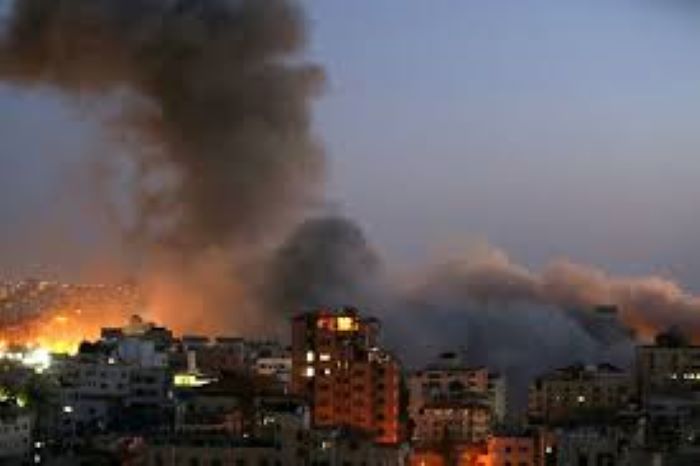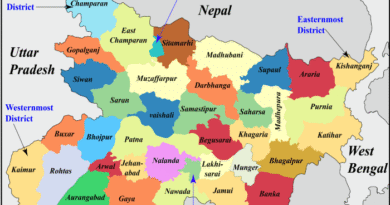Gaza’s Jabalia brings back memories of 1982 Sabra and Shatila massacre
You are Here: Tweet, Like, Share, Comment, Subscribe…be the Voice of Free Press!
By Mehdi Moosvi, The India Observer, TIO: Jabalia refugee camp, the largest camp for refugees in the northern Gaza Strip, was targeted twice this week, leaving hundreds of casualties, most of them children and women.
The first bombing on the refugee camp that is home to 116,011 people who live in an area of 1.4 square kilometers (0.5 square miles) came on Tuesday, followed by another on Wednesday.
The two targeted strikes, which came amid the Israeli bombing campaign in the besieged strip, killed at least 195 Palestinians and injured 777 others, according to Gaza’s Ministry of Health.
The largest of eight refugee camps in the coastal territory, often referred to as a “concentration camp” has been the target of several Israeli airstrikes since the 2003 Israel-Hamas war.
The refugee camp was initially established following the 1948 Arab-Israeli war and the subsequent Nakba when Palestinians were forced to abandon their homes and belongings and take refuge in camps scattered across the blockaded territory.
This camp is also significant as it was the main site of the outbreak of the First Intifada in 1987 by Palestinians against the Israeli regime’s occupation and apartheid.
Since October 7, the camp has been targeted at least six times – including on 9, 12, 19 and 22 October – apart from the two high-intensity bombings that ripped through the camp on Tuesday and Wednesday.
The Israeli military claimed the attack was meant to target a key leader of the October 7 operation, Ibrahim Biari, as well as a “vast underground tunnel complex” beneath the camp.

However, there is no evidence of any presence of armed resistance groups or their activity in the area. Hamas also denied the presence of any of its commanders in the camp.
UN humanitarian chief Martin Griffiths, during his visit to the occupied territories, denounced the Israeli bombing of the refugee camp.
“This is just the latest atrocity to befall the people of Gaza where the fighting has entered an even more terrifying phase, with increasingly dreadful humanitarian consequences,” he said.
The UN official hastened to add that “the world seems unable, or unwilling, to act” against the Israeli killing machine, adding that “this cannot go on.”
According to the New York Times, at least two 2,000-pound bombs — the second largest type in its arsenal — were dropped on the Jabalia refugee camp on Tuesday.
The regime forces carried out air attacks on the heavily populated camp in northern Gaza on Tuesday, killing hundreds of Palestinians, mostly women and children.
The back-to-back airstrikes came as the Israeli regime warplanes continued to pound densely populated civilian areas in Gaza, not even sparing hospitals, schools and mosques.
The devastation at the Jabalia refugee camp has invited comparisons with what happened in Lebanon in 1982 when the Israeli regime invaded the Arab country during the civil war.
Israeli regime aimed to target the Palestinian Liberation Organization (PLO) office in Beirut, which withdrew immediately after the threat issued by the regime in September 1982.
However, despite assurances given by Israeli allies, including the US, that refugees and civilians would not be harmed, the Israeli regime and its proxy Phalange militia carried out one of the worst massacres in human history between September 16 and September 18.
On September 16, 1982, members of Phalange entered the Sabra and the adjacent Shatila refugee camps in Beirut, where thousands of Palestinian refugees and Lebanese civilians lived.

The invaders slaughtered, raped, tortured, and mutilated the bodies of thousands of refugees.
They showed no mercy and committed unspeakable atrocities, killing anyone they encountered with guns, knives, axes, or grenades, thus killing 2,000 to 3,500 Lebanese Muslims and Palestinian civilians.
The Israeli minister for military affairs at the time was Ariel Sharon, who went on to become prime minister of Israel. He was directly responsible for the massacre by facilitating and overseeing it.
In 1983, a commission of inquiry found that Sharon bore “personal responsibility” for failing to prevent the massacre and recommended that he resign from his post.
The massacre was widely regarded as a war crime and a crime against humanity, but no one was ever prosecuted or punished for it, as the regime provided cover to Sharon and his accomplices.
The survivors of the massacre still suffer from trauma and grief, and many still live in Sabra and Shatila camps, which remain impoverished and overcrowded refugee camps to this day.
According to eyewitnesses, the Jabalia bombings have brought back the harrowing memories of Sabra and Shatila, both carried out by the same forces with the same intention.
Curated and Compiled by Humra Kidwai
Articles written by contributors have different viewpoints. The views expressed in the articles are the author’s own and not necessarily supported by TIO, The India Observer its affiliates, staff, or the management. Our Articles can be reproduced, with the following conditions, (1) No alteration to the content, (2) Visible, and full credit is given to the Author & Editor. (3) Citing, The India Observer, TIO. In the case of online or electronic media, a link to the original article must be given. Rules are strictly enforced. Any questions, email the Editor at: Mediaiss@gmail.com Or TheIndiaObserver@gmail.com
All Copyrights reserved. Please be guided.



